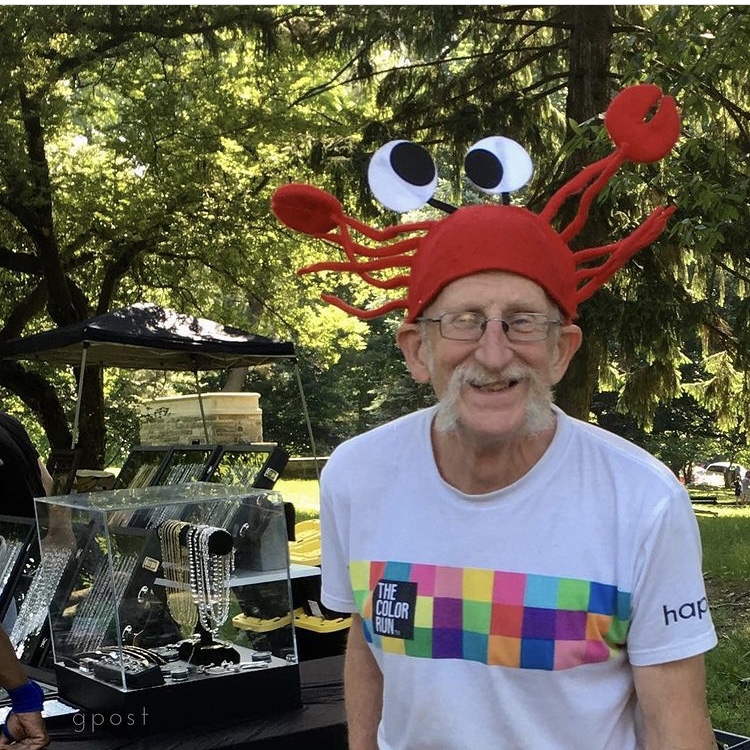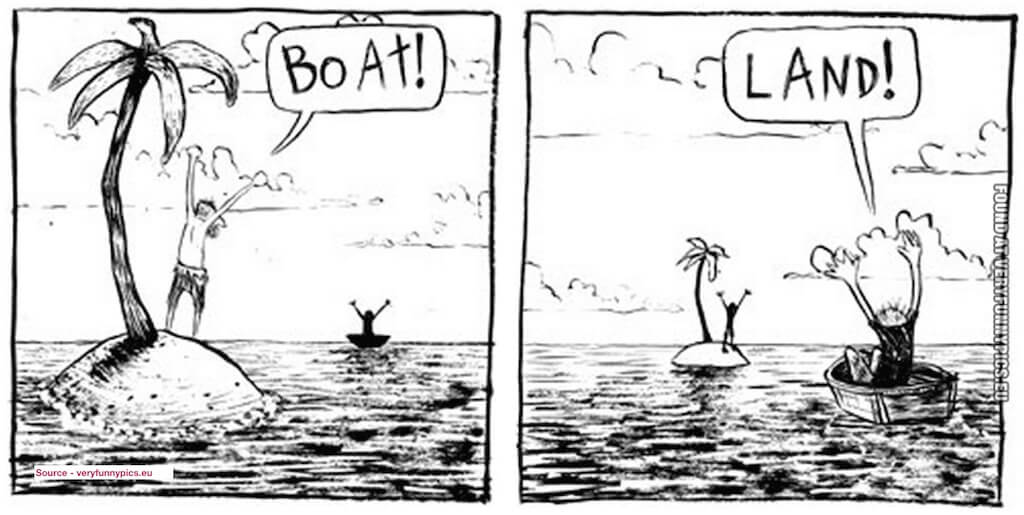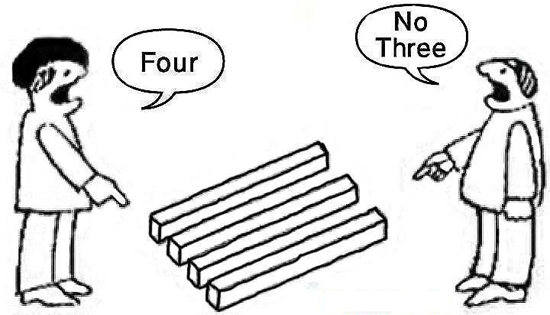
It’s harder than ever to maintain, and then safeguard, our zones of privacy.
I’ve been thinking about it in terms of pictures that other people take of us or that we take of them—sometimes when those other people are friends, sometimes when they’re strangers, and sometimes when its companies or authorities who are taking them for their own purposes.
In these photographs, what is the line between a fair exchange (with mutual benefits) and an unwelcomed intrusion?
What exactly are we “taking” when we take a picture of somebody?
(When shown their photographs, tribal people often complain that the camera has somehow stolen their souls.)
Is there, or should there be, a “give” as well as a “take” with photography?
Two encounters this week sharpened that last question for me.
A close colleague of mine in counseling work stopped by unannounced with some cookies to end our just concluded school year on a celebratory note. We’d been meeting with our kids on Zoom and hadn’t seen one another in person for months. She was so glad to see me that she wanted to take my picture before leaving, but I waved her gesture off. I’d stopped mowing the lawn when I saw her heading my way and felt that my sweaty appearance would have made a poor souvenir (even though she clearly felt otherwise). “What just happened?” I wondered afterwards.
My second encounter came by way of reminiscence.
Three years ago this week, I had been in New Orleans and was remembering that unbelievably rich and flavorful time, eager to go back and dig in even deeper. Part of my return trip would be taking in a “second line” street parade, because every week of the year at least one of them takes place somewhere in the City.

As you can imagine, these parades (which are sponsored by New Orlean’s “social aid and pleasure clubs”) are a kind of paradise for professional and amateur photographers. While following a random NOLA thread last week, I came across a story about “the etiquette of making photos” of the performers at these parades. This story also speculated about the “taking and giving” boundaries of photographing other people. For example:
Are there different rules for friends than there are for strangers?
Several years ago, Susan Sontag explored these boundaries and expectations in a series of essays for the New York Review of Books, later published in her own book, On Photography. Sontag focused on the “acquisitive” nature of cameras, how they “take something” from whoever or whatever is being photographed, a sentiment that’s similar to those tribal member fears about having their essences stolen. She wrote:
To photograph is to appropriate the thing photographed.
Sontag also commented on the vicarious nature of picture taking.
Photography has become one of the principal devices for experiencing something, [or at least] for giving the appearance of participation.
The way she saw it, we may not be marching in (or even watching) the parade, “but somehow we feel that we are” if we can capture a picture of it for savoring now and later on. Instead of “being in the moment,” we’re counting on the triggering nature of these pictures to approximate the real experience we’ve missed by “capturing enough of it” to still feel satisfied.
Of course, there are consequences on both sides to this kind of “taking.” A drive to accumulate photographic experiences can not only rob us of more direct engagement with other people and places (say, the actual smells and sounds of the parade, or the conversations we might otherwise be having with spectators and participants), it also raises questions about the boundaries that can be crossed when we’re driven by a kind of hunger to “take” more and more of them without ever realizing the impacts that we’re having by doing so. To our camera’s subjects, it can feel like violation.
As I’ve become more thoughtful about these impacts, it’s meant thinking through my picture-taking drive in advance.
What is gained and what can be lost when I’m taking somebody’s picture? What is (or should be) the etiquette around photographing others? These are questions that seem impossible to ignore since cameras are literally everywhere today, devouring what they see through their lenses. As a result, going through some Q&A with myself by way of preparation—whether I’m likely to be the photographer or the photographed—increasingly seems like a good idea.
For instance, what if strangers “who would make me a great picture” are performing in public or, even more commonly, just being themselves in a public place when I happen upon them with my camera?
My most indelible experience of the latter happened at the Damascus Gate, which leads to the “Arab Quarter” in Jerusalem’s Old City. In arcs along the honey-colored steps that sweep down to that massive archway, Palestinian women, many in traditional clothes, were gathering and talking in a highly animated fashion against the backdrop of ancient battlements, but as soon as I pointed my camera in their direction to take “my perfect shot,” they raised their hands, almost as one, and shielded their faces from me. Was that ever sobering! I didn’t know whether they were protecting their souls or simply their modesty and privacy from another invasive tourist.
In the story about picture taking at parades in New Orleans, one photographer who is drawn by their similarly incredible visuals observed:
You really have to be present and aware and know when the right time is to take a photo. Photography can be an extractive thing, exploitative, especially now when so many people have cameras.
To her, knowing when to shoot and when to refrain from picture taking is about reading the situation,
a vibe. You know when somebody wants you to take their photo, and you know when somebody doesn’t.
Another regular parade photographer elaborated on her comments:
If you carry yourself the right way . . . people putting on that parade see you know how to handle yourself and will give you a beautiful shot.
I’ve also found that performers want you to portray them in the best light and will help you “to light the scene” when you make eye contact and invite them to do so. On the other hand, they will also tell you (if you’re paying attention) when the lighting is off and you should just back off.

Because everybody wants to look their best while being photographed, the same rules usually apply when the subjects aren’t part of a performance but simply out in public, being interesting by being themselves. For the would-be photographer, it’s about initiating a conversation and establishing at least a brief connection before asking: can I take your picture? If they don’t feel “looked down upon” by your interest, they’ll often agree. But as with those “on stage,” these preliminaries can also result in: “No, I’d rather that you didn’t right now,” a phrase that’s hard to hear when “a great picture” is right there in front of you if only you could “take it.”
Whenever you know in advance that taking pictures could be uncomfortable for those being photographed, one New Orleans parade regular talked about the need to deepen his relationship with those he wants to photograph before showing up with his camera. Because he takes pictures at NOLA’s legendary funeral parades, he brings club members photos that he’s taken of the deceased on prior occasions so that colleagues and family “have a record of that person’s street style.” It’s his sign of respect at what is, after all, a time for grieving a loss as well as celebrating a life.
We go and we shoot funerals and [then] it’s not a voyeuristic thing. You’re doing what you do within the context of the community
—a community that you’ve already made yourself at least “an honorary member of” through your empathy and generosity.
Then, what you’re giving tends to balance what you’ll be taking.

So what about my cookie-bearing friend who showed up unannounced this week?
Should I have relaxed “my best foot forward” enough to permit one sweaty shot when she so clearly wanted a memento of our reunion after so many months apart?
Yes, probably.
But I’ve become so defensive about cameras taking my picture on every city street, whenever I ring somebody’s doorbell or face my laptop screen that sometimes it’s hard to recognize when “putting down my guard” is actually relationship building and for my own good instead of some kind of robbery.
Where zones of personal privacy are concerned, this is a tricky time to navigate either taking pictures of somebody or being captured by one.
It’s one more reason to try and rehearse my camera-related transactions before I find myself, once again, in the middle of one.
+ + +
(If you’re interested in a photo essay I posted after my last visit to New Orleans, here it is, from May, 2018. Another post, with photos taken at the Mummers Parade in January, 2019, can be found here. Taking pictures has always been a way that I recharge for work, although I’m still in the process of learning its complicated rules.)
This post was adapted from my May 30, 2021 newsletter. Newsletters are delivered to subscribers’ in-boxes every Sunday morning and occasionally I post the content from one of them here. You can subscribe by leaving your email address in the column to the right.










